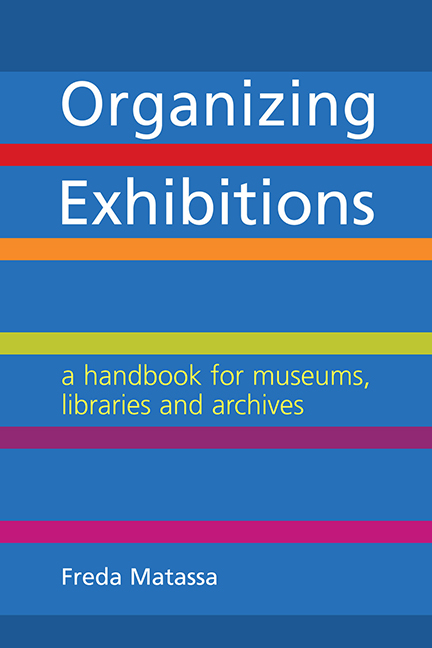Summary
Fundamentals
All exhibitions are temporary and whether they last for one day or for one year, eventually they will be taken down and the exhibits dispersed. It is important, therefore, to think about the long-term benefits and what aspects should continue after the exhibition has closed. Legacy should be considered in the earliest stages when the idea and concept are being developed.
The exhibition team, management, archivist and any other relevant persons should decide what records should be kept. These could include information and statistics, as well as documents and samples for the archive. One member of the team should be responsible for gathering information and making sure it is appropriately deposited.
An evaluation should take place after all items have been safely returned. This is a valuable learning experience for staff and can be used to inform projects in the future. As well as facts about budget and installation, the evaluation could include aspects such as the success of the design, associated programmes, and opportunities for fund-raising. Wider and longer-lasting benefits should also be considered. There could be original research, discoveries, publications and new links with individuals or groups. Any new relationships should be noted and could be developed in the future with long-term benefit.
The importance of legacy
Exhibitions are always temporary and many leave no trace. The best ones, however, not only live on in the memory of the public but also have lasting influence. Some exhibitions are powerful catalysts; for example, a scientist could be inspired by an experiment or invention in an exhibition, or an artist could be influenced by art he or she sees for the first time. The influence of some of the great exhibitions of the past still exists: the introduction of Japanese porcelain to Europe in the 1862 International Exhibition in London, or the Armory Show in New York in 1913, which brought Modern Art to the USA. More recently, anyone who saw the Chinese Terracotta Warriors or a glimpse of an actual moon rock will never forget the experience.
Any use of cultural objects should be recorded in some way. Even smallscale or one-item exhibitions should leave a record behind. A brief, pop-up display may never be repeated in this format but it could establish a pattern that turns into a major biennial or could be the first time a famous artist's work was exhibited.
- Type
- Chapter
- Information
- Organizing ExhibitionsA Handbook for Museums, Libraries and Archives, pp. 211 - 222Publisher: FacetPrint publication year: 2015



